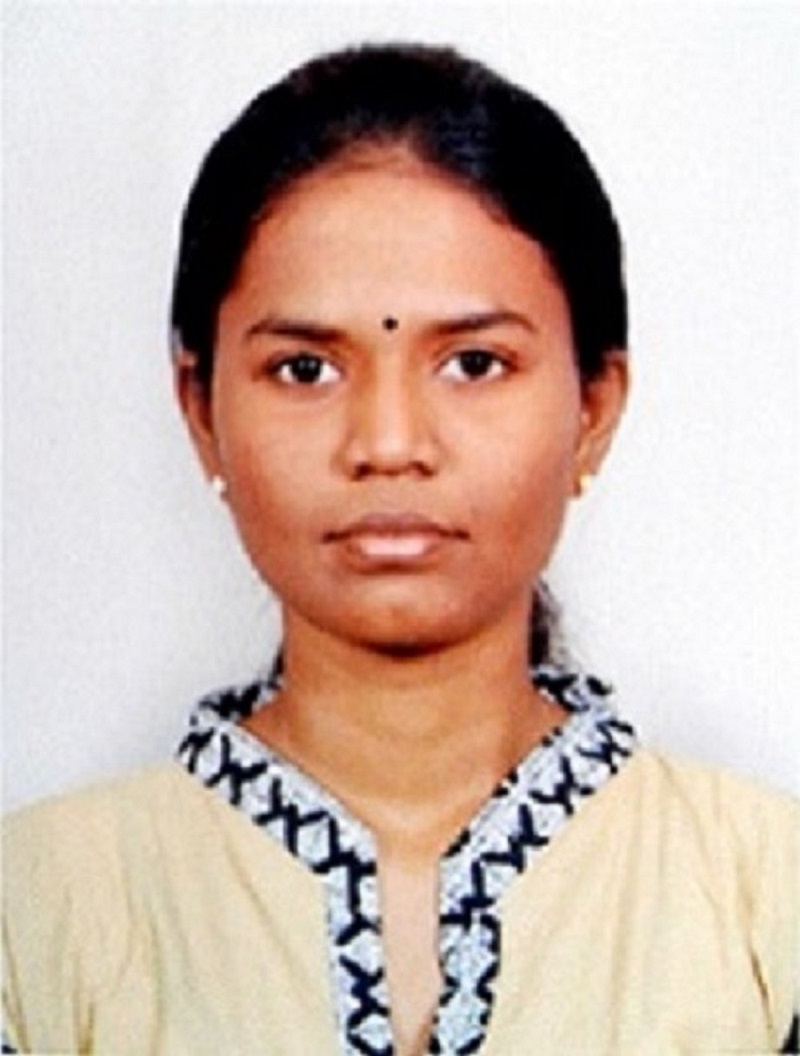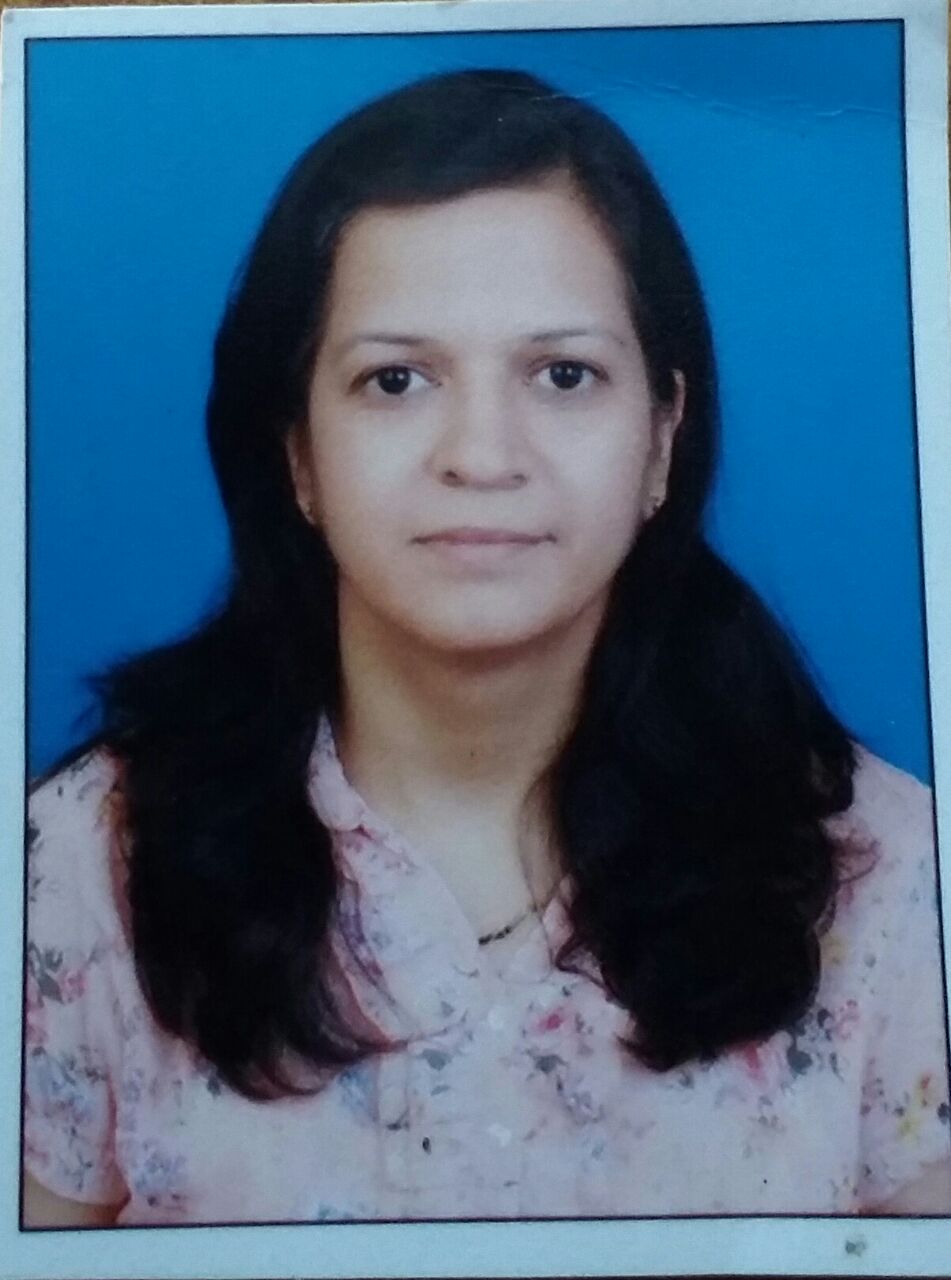Course abstract
The word 'wavelet' refers to a little wave. Wavelets are functions designed to be considerably localized in both time and frequency domains. There are many practical situations in which one needs to analyze the signal simultaneously in both the time and frequency domains, for example, in audio processing, image enhancement, analysis and processing, geophysics and in biomedical engineering. Such analysis requires the engineer and researcher to deal with such functions, that have an inherent ability to localize as much as possible in the two domains simultaneously.
This poses a fundamental challenge because such a simultaneous localization is ultimately restricted by the uncertainty principle for signal processing. Wavelet transforms have recently gained popularity in those fields where Fourier analysis has been traditionally used because of the property which enables them to capture local signal behavior. The whole idea of wavelets manifests itself differently in many different disciplines, although the basic principles remain the same.
Aim of the course is to introduce the idea of wavelets. Haar wavelets has been introduced as an important tool in the analysis of signal at various level of resolution. Keeping this goal in mind, idea of representing a general finite energy signal by a piecewise constant representation is developed. Concept of Ladder of subspaces, in particular the notion of 'approximation' and 'Incremental' subspaces is introduced. Connection between wavelet analysis and multirate digital systems have been emphasized, which brings us to the need of establishing equivalence of sequences and finite energy signals and this goal is achieved by the application of basic ideas from linear algebra. Towards the end, relation between wavelets and multirate filter banks, from the point of view of implementation is explained.
Course Instructor

Prof. V.M.Gadre
Prof. Vikram M. Gadre is currently a Professor at Department of Electrical Engineering, IIT Bombay. He received his Undergraduate degree, along with Presidentís Gold Medal for cumulative performance during his B.Tech, from IIT Delhi in 1989. He received his PhD degree in Electrical Engineering from Indian Institute of Technology, Delhi in 1994.His research interests are Communication and signal processing, with emphasis on multiresolution and multi-rate signal processing, especially wavelets and filter banks: theory and applications. He is known for his unique way of teaching for which he received Award for Excellence in Teaching four times from IIT Bombay.More info
Teaching Assistant(s)
Course Duration : Jan-Feb 2017
View Course
Syllabus
Enrollment : 01-Jan-2017 to 23-Jan-2017
Exam registration : 30-Jan-2017 to 27-Feb-2017
Exam Date : 26-Mar-2017
Enrolled
1752
Registered
55
Certificate Eligible
30
Certified Category Count
Gold
1
Elite
14
Successfully completed
15
Participation
11
Exam score
Final score


.jpg)
.jpg)
.jpg)

